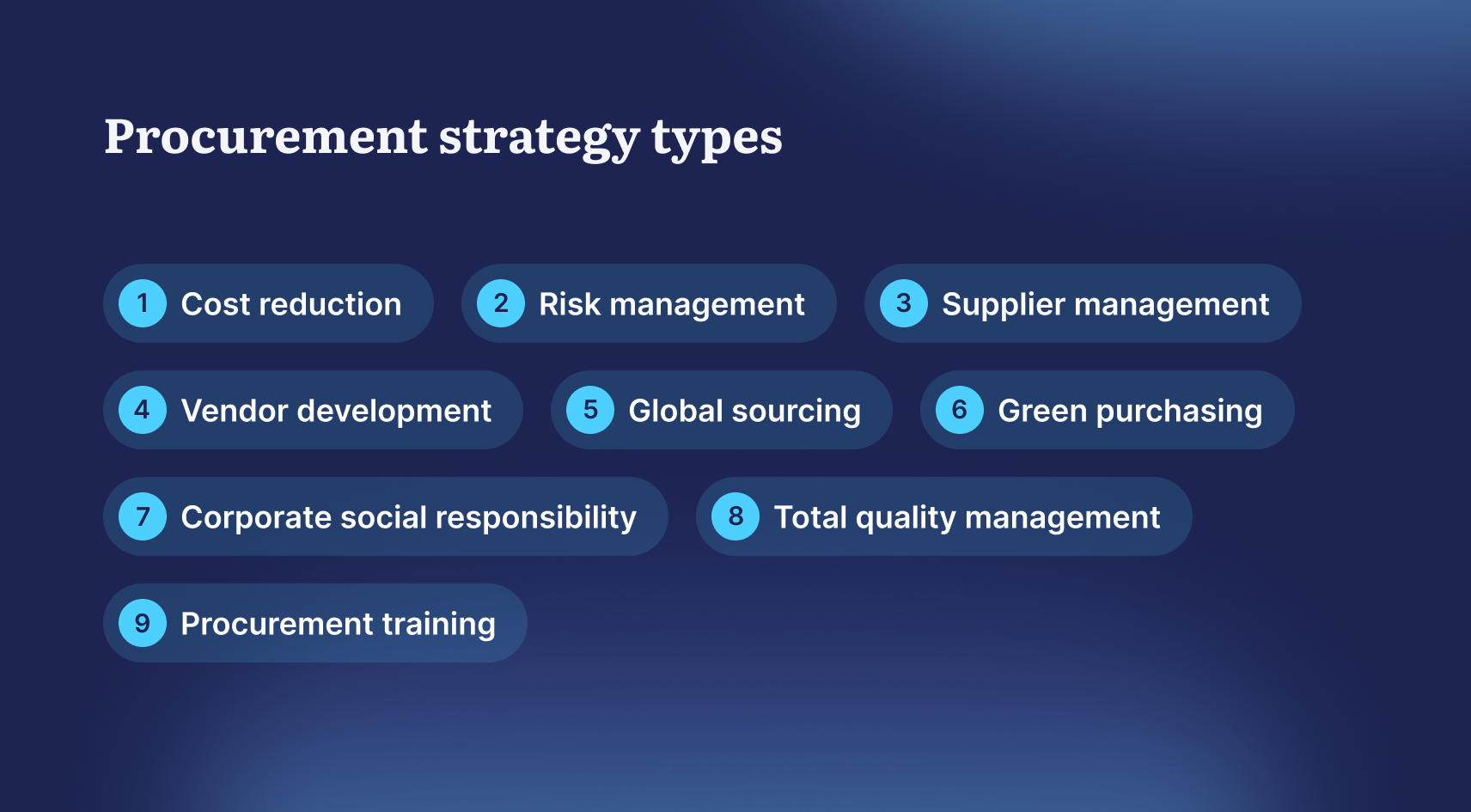Implement Successful Procurement – Project Management Foundation

About Course
Introducing successful procurement practices in an organization can be a complex process, but it can lead to significant cost savings, increased efficiency, and better overall performance. Here are some steps you can take to implement successful procurement practices:
- Develop a Procurement Strategy: Before you can introduce procurement practices, you need to develop a procurement strategy that aligns with the organization’s goals and objectives. The strategy should consider factors such as the organization’s budget, suppliers, risk tolerance, and purchasing policies.
- Identify Key Stakeholders: Procurement involves many stakeholders, including senior management, procurement staff, end-users, suppliers, and customers. Identify key stakeholders and involve them in the procurement process to ensure their support and participation.
- Assess Current Procurement Practices: Conduct a thorough assessment of current procurement practices, including procurement policies, procedures, and systems. Identify areas of strength and weakness and develop a plan to address any deficiencies.
- Develop Procurement Policies and Procedures: Develop procurement policies and procedures that are consistent with the organization’s procurement strategy. These policies and procedures should cover all aspects of the procurement process, from sourcing suppliers to contract management.
- Develop a Procurement Plan: Develop a procurement plan that outlines the procurement requirements for the organization. The plan should identify the goods and services that need to be procured, the procurement methods to be used, and the timeline for procurement.
- Establish Procurement Systems: Establish procurement systems that support the procurement plan and align with the organization’s procurement policies and procedures. These systems should include supplier databases, contract management systems, and procurement software.
- Develop Procurement Staff: Develop procurement staff through training and development programs that provide them with the knowledge and skills needed to implement successful procurement practices.
- Monitor and Evaluate Procurement Performance: Monitor and evaluate procurement performance to ensure that procurement practices are meeting the organization’s goals and objectives. Use performance metrics such as cost savings, supplier performance, and customer satisfaction to measure procurement performance.
- Continuously Improve Procurement Practices: Continuously improve procurement practices by incorporating feedback from stakeholders, monitoring market trends, and implementing best practices.
Implementing successful procurement practices requires a significant investment of time and resources. However, the benefits can be substantial, including cost savings, increased efficiency, and improved overall performance.
Course Content
Introduction
Procurement Management Overview
Common Procurement Pitfalls
Critical Procurement Success Factors
Procurement Management Processes
How to Implement Procurements
Emerging Trends: Project Procurement Management
Conclusion
Student Ratings & Reviews

No Review Yet
